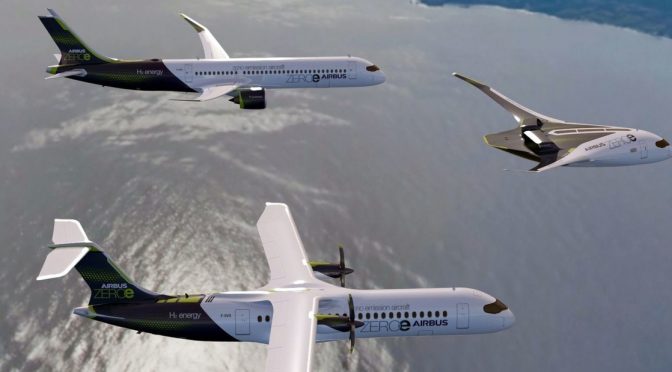In 2016, the International Civil Aviation Organization (ICAO) set out climate protection targets for global air transport for the first time as part of its CORSIA programme . After 2020, air traffic should only be expanded in a climate-neutral way. In addition, the aim is to halve carbon dioxide emissions from air transport by 2050, compared to the base year of 2005. A research study led by the German Aerospace Center (Deutsches Zentrum fuer Luft- und Raumfahrt; DLR) has now concluded that the CORSIA targets have the potential to mitigate the increased climate impact of air transport, but that it is very likely that the current measures will not be sufficient to support achieving the 1.5-degree Celsius target established in Paris. This is because non-carbon-dioxide effects, particularly the climate-warming effect of condensation trails, have not been taken into account so far. Research findings from the past few years have made it increasingly clear that contrails and nitrogen oxides together have a greater climate impact in air transport than carbon dioxide emissions alone. The results of the study have now been published in the specialist journal Nature.
“Non-carbon-dioxide effects account for the largest share of the climate impact of aviation. At DLR, we are committed to ensuring that these effects are considered. We want to develop comprehensive solutions for the climate-neutral flight of tomorrow that avoids carbon dioxide emissions and non-carbon-dioxide effects,” emphasises Markus Fischer, DLR Deputy Board Member Aeronautics.
“In our study, we show that the CORSIA offsetting programme in its current form – that is, without taking non-carbon-dioxide effects into account – will fall short of climate targets aimed at the 1.5-degree Celsius limit between 2025 and 2064, with a probability of 90 percent,” says study leader Volker Grewe from the DLR Institute of Atmospheric Physics in Oberpfaffenhofen. “As a group of experts, we believe our results reveal the risk of a discrepancy that could lead to an increasing air-transport-induced greenhouse effect instead of stabilisation.” At the 2015 United Nations Climate Change Conference in Paris, the participating states agreed that global warming should be limited to 1.5 degrees compared to pre-industrial levels. As a result, the ICAO and its members adopted the Carbon Offsetting and Reduction Scheme for International Aviation (CORSIA) programme, which is now being implemented by 88 countries around the world.
Stabilising the climate impact with Flightpath 2050
The research team also looked at the Flightpath 2050 emissions targets presented by the Advisory Council for Aeronautics Research in Europe (ACARE) in 2011 (75 percent reduction in carbon dioxide emissions and 90 percent reduction in nitrogen oxide emissions by 2050 per passenger kilometre and for individual aircraft by 2050, as compared to 2000). “In our assessment, it is highly probable that these targets can indeed stabilise the climate impact of air transport,” says Grewe. “However, even the targets of Flightpath 2050, which are more stringent than CORSIA, will also lead to a consistent contribution to global warming by this industry in the 21st century. The reason for this is the further growth in air traffic, which is expected to be significant, coupled with insufficient consideration of non-carbon-dioxide effects. At the time that Flightpath 2050 was formulated, these could not yet be properly incorporated into the setting of targets.”
Air transport plays an important role in the global economy. The need for mobility is increasing globally and this will likely lead to significant growth in the air transport industry over the coming decades. The restrictions on air transport caused by the COVID-19 pandemic have been dramatic and continue to have a major impact. “However, the effect on the climate will only be minor if the air transport sector recovers within the next three to 15 years,” adds Grewe. “That is why it is important to set out more ambitious climate targets for air transport now.”


